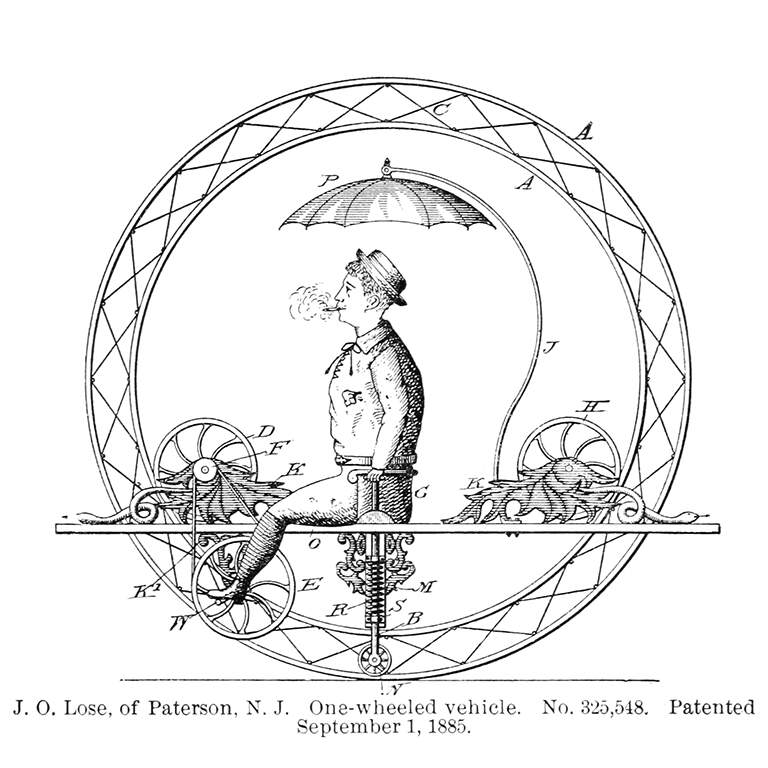March 2020 seems like stage-setting for a dystopian film or a rewrite of Year of Wonders, a novel about a village that quarantines itself during 1665 plague. The coronavirus pandemic is at its peak and the whole world is affected by this deadly virus. Even those not infected need to exercise careful caution by isolating themselves. Unlike the 17th century, thankfully there is internet to preserve our sanity in the times of social distancing and quarantining. It helps us keep some semblance of our pre-epidemic lives. For many streams of design, workplaces can be resurrected on the world wide web. It may take time to adjust in the beginning, but in a while, working remotely comes naturally. The upsides may soon takeover; and the recent Emily Flake cartoon for The Newyorker, in which a man in pyjamas just discovered, My God… those meetings really could all have been emails, may soon come to haunt you.
The truth comes out. pic.twitter.com/X9GrmYcS9Z
— The New Yorker (@NewYorker) March 16, 2020
A study conducted by AND CO and Remote Year brought out the most interesting aspects of working from remote locations. People have been working remotely for a while. According to the study, 73% of remote workers are new to it, having gone remote in the last 4 years. The growth is observable in remote working, yet, there are some factors that cause disillusionment. Here are some of my learnings about working remotely in design, mostly from observable empirical evidence and some by deduction.
Access to the internet, its people and its data has led to faster learning curves and better discovery of talent. Today a lot of interface designers come from pockets of Eastern Europe or Bangladesh. Finding skilled talent that can work from anywhere has proved very useful for places like Silicon Valley, given the rising cost of living in the Bay Area. The benefits go both ways. Companies like Turing.com, Weworkremotely, Angellist help you hire remotely from around the world by pivoting people around skillsets. Turing for that matter also claims to curate the talent(tech) before onboarding them.
A new pool of talent has emerged
Today some of the most well-known companies in the world like Automattic, Buffer, Zapier, Toptal, Invision, Turing etc. have fully remote work cultures. These are workplaces that do not have any physical offices from where teams sit out of. Even here in India, most startups have experimented fairly successfully with remote models, and so have firms like Aditya Birla Capital, ICICI bank, etc.
Work ethic is critical for remote work
Remote work hasn’t worked out for the majority of the population despite its obvious economic benefits due to the main reason that we as humans tend to get inefficient when alone. When it comes to designers for instance, one way that we have found effective in knowing if a designer is actually cut out for your team is to collaborate with them on a piece of work. This brings out their critical team dynamics like helpfulness, proactivity, resourcefulness, availability and approachability.

Having a communication hub
Working with multiple parties remotely creates the natural need to have a hub of all interactions. A hub for all communications is useful for not just for human interaction but also interaction of systems. Slack is one such very popular communication hub used across the world for remote communications. Slack also integrates very well with design tools like Invision and Zeplin for design and tech collaboration. Additionally, Slack also allows for video calls to be placed from within Slack which does away with the need to have a separate setup for video calling like a Zoom, Skype or Hangouts.
Automate dumb stuff
Product designers often feel burdened with work that many designers find mundane: documentation, meticulous reviewing, general spec work, file structuring etc. New age technologies take over the work that can be automated. Automation doesn’t necessarily remove people from the picture, it rather allows you more time for people stuff, something we are ironically not the best at always.

By Pasti, Matteo di from Le magasin pittoresque, vol. 8
Conversation quality
Often in remote communication, one party could be driving the conversation. This might happen as a result of insecurities stemming from the fact that a constant bridge needs to be maintained to stay in each other’s headspace. This shouldn’t happen by force but naturally. Finding reasons to say hi, aside from work establishes better relationships and lets individuals know each other better. Small talk is not always cheap when it comes to remote working. Getting to know each other as humans, builds a foundation of trust and empathy among remote peers.
Information Inundation : A mental health scare
As conscious beings, we tend to conflate physical separation with mental separation quite naturally. People are engaged in perpetual and continuous communication to compensate for the lack of personal interactions. The results are horrid. You are buried under a pile of notifications, talk and updates. But also, to take time off this and be by yourself to think about the core matter on which you are working would be a major fault. The work notifications, work-related conversations and small talk mentioned earlier are all needed in a healthy mix.
Teamwork
Remote working is a true test of character when it comes to teamwork. Remote employers should never take this half-heartedly. The lack of empathy shows. Thinking together while physically separated, collaborating on sprints over synchronised products, making a Zoom call are things that will have more inertia. It’s easy to discuss these with an in-house person instead of your remote team. That laziness alienates remote teams.
Siloed Collaboration: No hovering art direction
While ideas come out like torrents in the presence of diverse collaborating minds, designers are often best left to think through problem statements themselves. It’s important to build a culture that removes the need to continuously keep tabs on everyone. Remote designers who can be trusted with work are more sustainable in the longer run. Hovering art directors can be even more annoying when they are pinging you every second.

At the end of the day, remote or not, the needle needs to move. To make real work happen distributed teams need protocols. According to the same report stated earlier, people who’ve worked remotely for 7+ years had a higher propensity to working remotely forever than the ones who were fresh to this. People with less than a year of remote were more prone to lose motivation (9%) without supervision than long-term remotes (4%). Remote working, much like most good things in life, takes time to get right.
**
Debprotim Roy is the founder and chief executive officer at Canvs, an organisation that offers design as a service to firms looking to fulfil their product design needs. At the core of the organisation is Canvs Club, a smaller community of distributed design teams of a variety of skills and domain experience.

